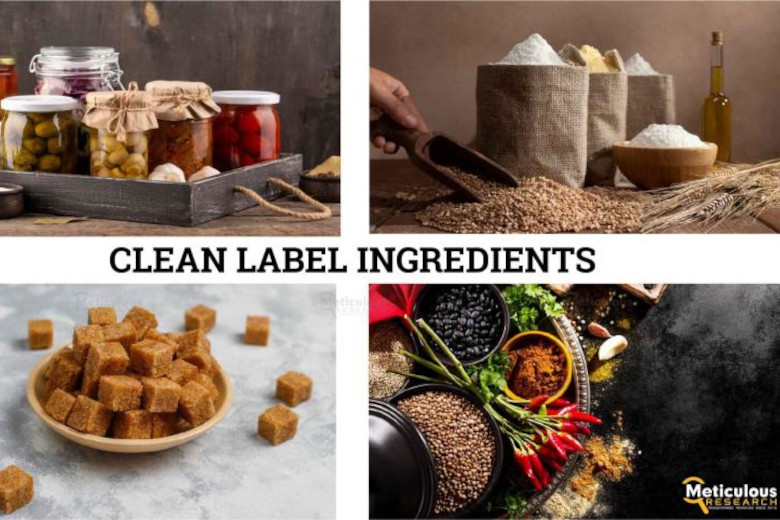
The global clean-label ingredients market is projected to reach USD 80.69 billion by 2030, at a CAGR of 6.9% from 2023 to 2030, according to a study published by Meticulous Research. Growing consumer preferences for organic and natural ingredients, increasing focus on health and wellness, growing health concerns associated with artificial ingredients, growing consumer demand for clean label meat alternatives, and rise of E-commerce and online grocery shopping are some of the factors driving the growth of the clean label ingredients market.
However, the high cost of clean-label ingredients compared to artificial ingredients restrains the market’s growth. Moreover, the growing food manufacturer’s focus on reforming food products and increasing demand for vegan and plant-based foods are expected to provide market growth opportunities for the stakeholders operating in this market.
Key players
The key players operating in the clean label ingredients market are Archer-Daniels-Midland Company (U.S.), BENEO GmbH (Part of Südzucker AG) (Germany), Brisan Group (U.S.), Cargill, Incorporated. (U.S.), Chr. Hansen Holding A/S (Denmark), Corbion NV (Netherlands), Groupe Limagrain Holding (France), Ingredion Incorporated (U.S.), International Flavors & Fragrances Inc. (U.S.), Kerry Group plc (Ireland), Koninklijke DSM N.V. (Netherlands), Sensient Technologies Corporation (U.S.), and Tate & Lyle PLC (U.K.).
Based on ingredient type, the global clean-label ingredients market is segmented into flour, colors, flavors, sweeteners, starch, preservatives, and other ingredients. In 2023, the flour segment is expected to account for the largest share of the global clean-label ingredients market. The large market share of this segment is primarily attributed to the rapidly growing global processed food industry and increasing demand for clean-label flour of wheat, rice, and corn from bakery and confectionery products, sauces and dressings, dairy products, packaged meal, and processed foods products around the globe. Moreover, the increasing number of health-conscious consumers, rising per capita spending on nutrient-dense foods, and growing demand for natural and organic foods are further expected to boost the growth of this market.
Based on source, the global clean-label ingredients market is segmented into plant-based and other sources. The plant-based segment is expected to account for the larger share of the global clean label ingredients market in 2023, owing to the increasing consumer preferences for plant-based foods, rising environmental safety concerns, and growing vegan population. Moreover, this segment is further projected to register a higher CAGR during the forecast period of 2023-2030 due to the growing consumer demand for dairy alternative products and plant-based meat products.
Based on form, the dry form segment is expected to account for the larger share of the global clean-label ingredients market in 2023. Moreover, this segment is further projected to grow at the highest CAGR during the forecast period of 2023-2030. The large share of this segment is attributed to the comparatively higher demand for dry-form ingredients owing to their advantages over liquid-form ingredients, including ease of storing, higher shelf life, flexibility in handling, and low cost of processing.
Based on geography, Asia-Pacific is slated to register the highest CAGR during the forecast period of 2023-2030. The growth of this regional market is primarily attributed to the rising health consciousness regarding the negative effects of artificial ingredients, increasing consumer demand for functional ingredients and healthy foods, rising health-conscious population and their spending on nutrient-dense foods, rising trend of vegan, natural, and organic food products, and growing clean-label food trend in Asian countries.
The research report is titled, ‘Clean Label Ingredients Market by Ingredient Type (Flours, Colors, Flavors, Preservatives, Starch), Source (Plant-Based), Form (Dry Form, Liquid Form), Application (Food (Bakery and Confectionery, Meat Products) and Beverages) – Global Forecast to 2030.’
Photo: Meticulous Research


